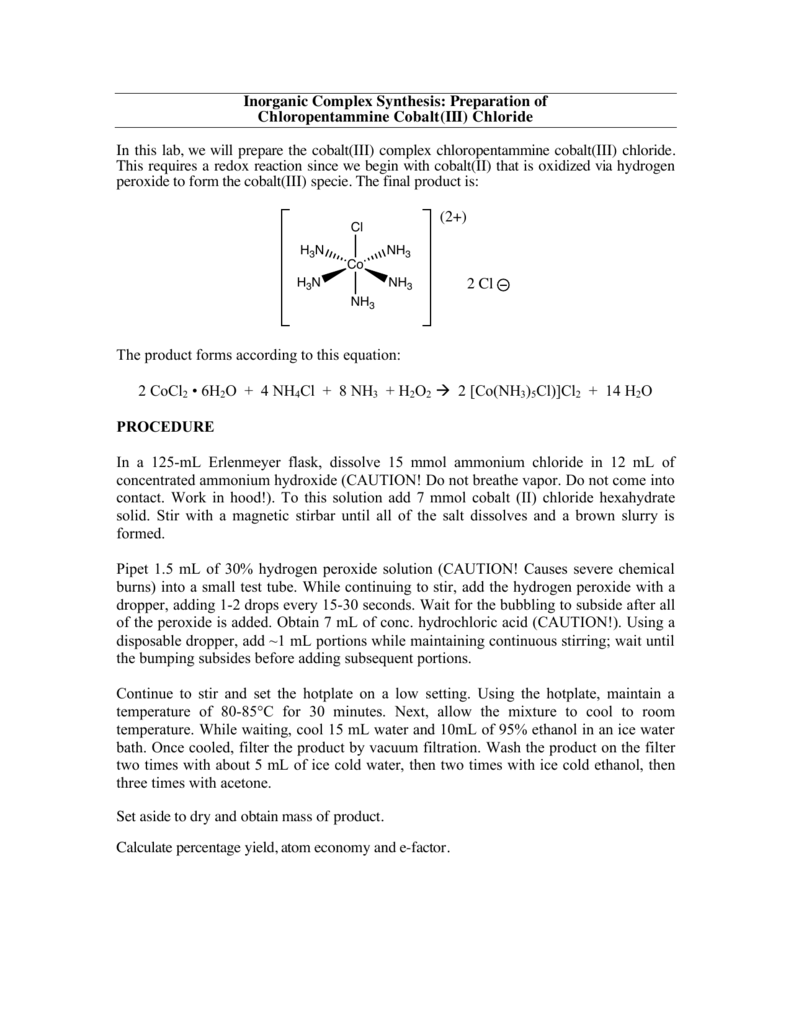

The other end is fixed to a T-tube, into one arm of which is attached a rubber tubing provided with screw-cock and a small glass chamber (porometer cup) is attached with rubber tubing to the other arm. It essentially consists of a vertical tube, one end of which is dipped in a beaker of water. 676) is a useful apparatus for following the changes in stomatal apertures, i.e., degree of opening of stomata. Use of Darwins Porometer :ĭarwins porometer (Fig. The film is now stripped off and the impressions of the stomata in the durofix-film can be observed under microscope. Allow the durofix to dry up quickly into a thin papery film. Thinly smear both the surface of a suitable leaf while it is still attached to the plant carefully with Durofix adhesive. Place a drop of absolute alcohol on the leaf and observe the rate of penetration, i.e., the rate of formation of transparent patches due to penetration of alcohol through the stomatal openings and its accumulation in the intercellular spaces. (If both those structures are taken as roughly ellipsoidal in nature, the areas could be very approximately taken as equivalent to π(axb) where ‘a’ and ‘b’ represent half of the two axes of the ellipse.) (2) Actual area of the stomatal opening with the help of standardised ocular. (1) The entire area of stomatal apparatus-guard cells and the aperture and The alcohol fixes the stomata, preventing any further movement of the guard cells. Peel off epidermal tissue from Rheo and other leaves and quickly put them into hot alcohol. The average of these readings divided by the area of the field is a measure of the stomatal frequency of the leaf, which is generally specific for each species of plant. Take several readings by moving the epidermal peelings of leaves (e.g., Crinum) through the microscopic field of vision.

(The area of a circle is πr 2 where r is the radius of circle, in this case half of the diameter of the field of vision.)Ĭount the number of stomata in this field.

The area of the field of vision is easily obtained. Now, find out the diameter of the field of vision of the microscope by the ocular Standardise in both high and low powers of the microscope. Then, if x stage divisions are equal to y ocular divisions, 1 ocular division is equal to µm. 1 mm=1000 µm therefore 1 stage division is equivalent to 10µ. Standardise an ocular micrometer with the help of a stage micrometer and calculate the value of 1o cular division. Determination of Stomatal Frequency or Number of Stomata Per Unit Area of a Leaf: (7) Experiments with Cobalt Chloride Paper (8) Measurement of Rates of Transpiration (9) Measurement of Transpiration Rates-Quantitative (10) Determination of the Effect of Environmental Conditions on Transpiration Rates in Plants (11) Simultaneous Determination of the Amount of Water Absorbed and the Amount of Water Transpired by Plants and (12) Experiment to Demonstrate Suction or Pulling Force Developed due to Transpiration. They are: (1) Determination of Stomatal Frequency or Number of Stomata Per Unit Area of a Leaf (2) State of Opening of Stomata (3) Use of Darwins Porometer (4) Measurement of the Leaf-Area (5) Determination of the Total Number of Stomata in a Leaf (6) Determination of the Percentage of the Total Stomatal Area in Relation to the Area of the Whole Leaf The following points highlight the twelve experiments on stomata and transpiration.


 0 kommentar(er)
0 kommentar(er)
